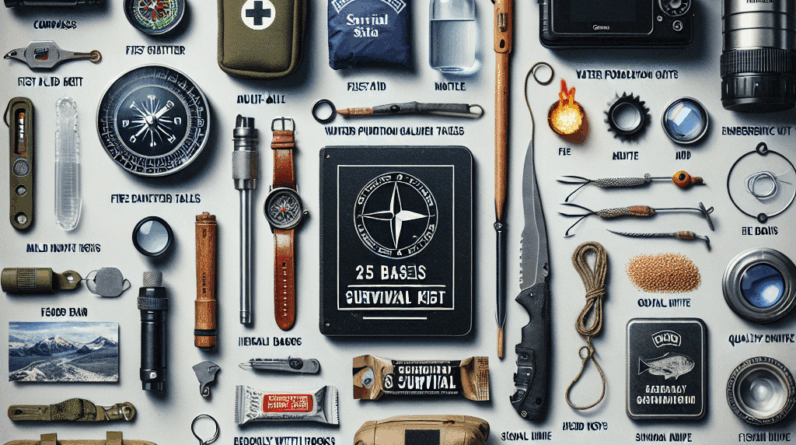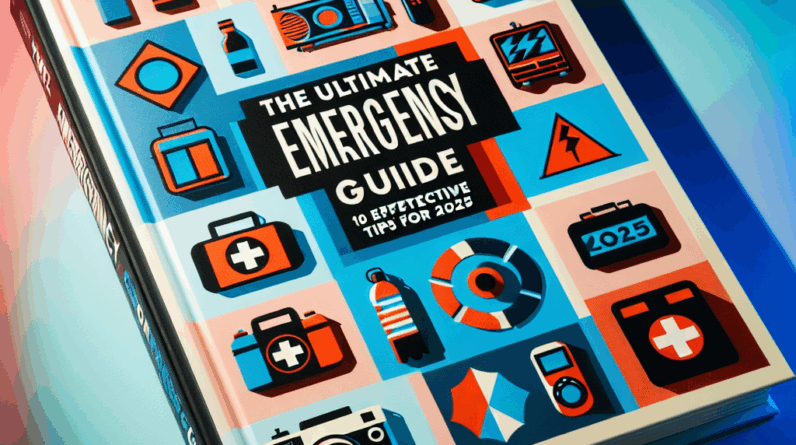Biohazards represent a unique category of environmental hazards that can pose serious risks to human health. This comprehensive guide will walk you through understanding what biohazards are, where they come from, and how you can formulate effective strategies to prepare for and respond to these threats, ensuring safety for yourself and your community.
Understanding Biohazards
Biohazards are biological agents that could potentially harm humans or other living organisms. These agents are commonly found in various environments, including medical facilities, research institutions, and even in nature. Recognizing these hazards is the first step towards effective prevention and response.
Biohazards vary widely—from viruses and bacteria to toxins and fungi. Some are easily detected, while others remain hidden, posing silent threats. Early on in my education about biohazards, I was taken aback by their prevalence in everyday situations, such as in handling medical waste or encountering contaminated water. Awareness is crucial; it’s not just about spotting dangers but also about proactive prevention.
Remember, the label ‘biohazard’ is not just a sticker on a container; it’s a call to action. It is essential for personal safety and for protecting the community around you.
Common Sources of Biohazards
Biohazards arise from numerous sources, ranging from healthcare settings to your backyard. Hospitals and labs are typical environments where biohazards can originate, often from bodily fluids or medical waste that hasn’t been disposed of properly.
My experience volunteering at a health clinic highlighted the stringent measures required to handle these materials safely. It was reassuring to see the protocols in place, underscoring the importance of proper management to avoid contamination.
Natural environments can also harbor biohazards, such as soils or waters contaminated by pathogens. Awareness of these potential sources is essential for everyday safety and prevention.
The Importance of Awareness
Being informed about biohazards not only protects you but also contributes to the broader public health. Ignorance of the risks posed by biohazards can lead to inadequate responses or misunderstandings about the dangers they present.
Education and regular training on biohazard safety should be integral in schools and workplaces. It’s vital to be the knowledgeable person in your circle, spreading important information and encouraging safety practices like proper hygiene and the use of protective equipment.
Awareness and preparation are about more than self-protection; they are about community care and creating a safer environment for everyone.
Preparing for Potential Biohazards
# Creating a Biohazard Response Plan
Think of a biohazard response plan as a blueprint for safety—it outlines the steps and measures to be taken in the event of a biohazard exposure. This plan should define roles, establish communication protocols, and detail specific actions for various potential scenarios.
In my workplace, having a structured response plan provided clarity during an emergency drill, greatly enhancing our collective confidence and readiness.
Regular practice and review of the plan are crucial. It ensures that everyone knows their responsibilities and can act effectively under pressure. Workshops and training sessions can be eye-opening for those who have not considered these preparations necessary.
# Stockpiling Necessary Supplies
Preparedness includes having essential supplies readily available. This encompasses basic protective gear like gloves, masks, and sanitizers. Organizing and storing these supplies in a designated, easily accessible area is critical.
Involving your team or family in the preparation process not only helps distribute tasks but also raises overall awareness about the importance of readiness. It fosters a shared commitment to safety and preparedness.
# Training and Drills
Training and drills are indispensable for biohazard preparedness. They transform theoretical knowledge into practical skills, enhancing the ability to respond effectively to real-life situations.
Participation in drills prepares individuals and teams for actual events, promoting unity and a shared sense of purpose. After-action reviews are beneficial, allowing participants to discuss what went well and identify areas for improvement.
Responding to Biohazard Situations
# Staying Calm and Assessing the Situation
In any emergency, especially a biohazard incident, maintaining composure is key. Assess the situation without panic, determining the severity of the threat and your capacity to intervene safely.
Take a moment to evaluate the conditions; if the situation is manageable, you might be able to handle it with your resources. However, recognizing when professional help is needed is equally important.
# Implementing Containment Measures
If containment is feasible, act swiftly to limit the spread of the biohazard. Methods vary depending on the specific situation but may include using absorbent materials to manage spills or establishing physical barriers.
Understanding and preparing for different containment strategies can significantly enhance your effectiveness in managing biohazard events. Preparedness enables rapid and decisive action, which is often crucial.
# Communicating Effectively
Clear and prompt communication is essential during a biohazard event. Informing others about the nature of the incident helps manage the response more effectively and prevents misinformation.
Ensure that communication channels are established and that essential contacts are readily accessible. Keep communications concise and focused on essential information to facilitate effective response actions.
Following Up Post-Incident
# Conducting a Thorough Review
Post-incident reviews are critical for learning from the event and improving future responses. Discussing the actions taken, what was effective, and what could be improved helps in refining response strategies.
This review process should be constructive and inclusive, allowing all participants to share their perspectives and insights. The findings should then be integrated into the existing biohazard response plan, updating it to reflect new knowledge and experiences.
# Restocking and Updating Supplies
After addressing the immediate aftermath, evaluate and replenish your supplies. This may also be an opportunity to upgrade resources, incorporating more advanced or efficient tools.
Engaging your team in this process not only ensures that supplies meet current standards but also reinforces collective responsibility for preparedness.
# Communicating with the Community
Finally, open communication with your community or organization about the incident promotes transparency and education. Sharing details about the occurrence, the response, and lessons learned helps build community trust and encourages a proactive approach to safety.
Community engagement enhances the collective ability to handle future biohazards, fostering a culture of preparedness and cooperation.
Frequently Asked Questions
# 1. What are some common biohazards I might encounter in everyday life?
Common biohazards include medical waste, bodily fluids, and contaminated water sources. Awareness of these can help you recognize and mitigate risks effectively.
# 2. Why is training so important when preparing for biohazards?
Training prepares individuals and groups to respond swiftly and effectively to biohazard incidents, reducing panic and enhancing safety.
# 3. How should I communicate during a biohazard event?
Maintain calm, clear communication. Quickly inform those affected, provide necessary instructions, and keep the information straightforward to manage the situation effectively.
# 4. What should I include in a biohazard response plan?
Include designated roles, communication strategies, containment measures, and specific actions tailored to various scenarios in your biohazard response plan.
# 5. How often should I review and update my biohazard preparedness?
Regularly review and update your preparedness plan, particularly following any relevant incidents or training sessions, to ensure it remains current and effective.




